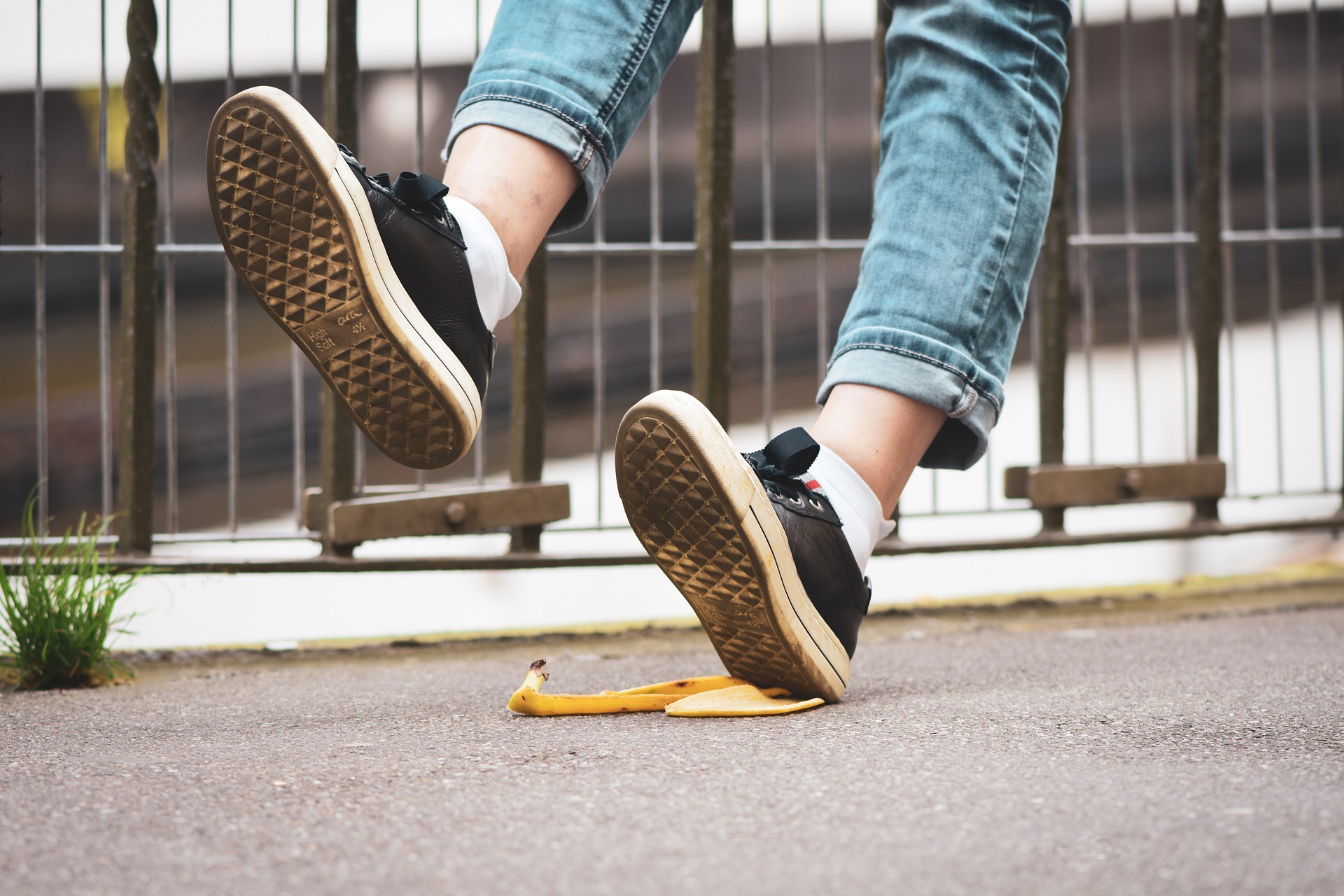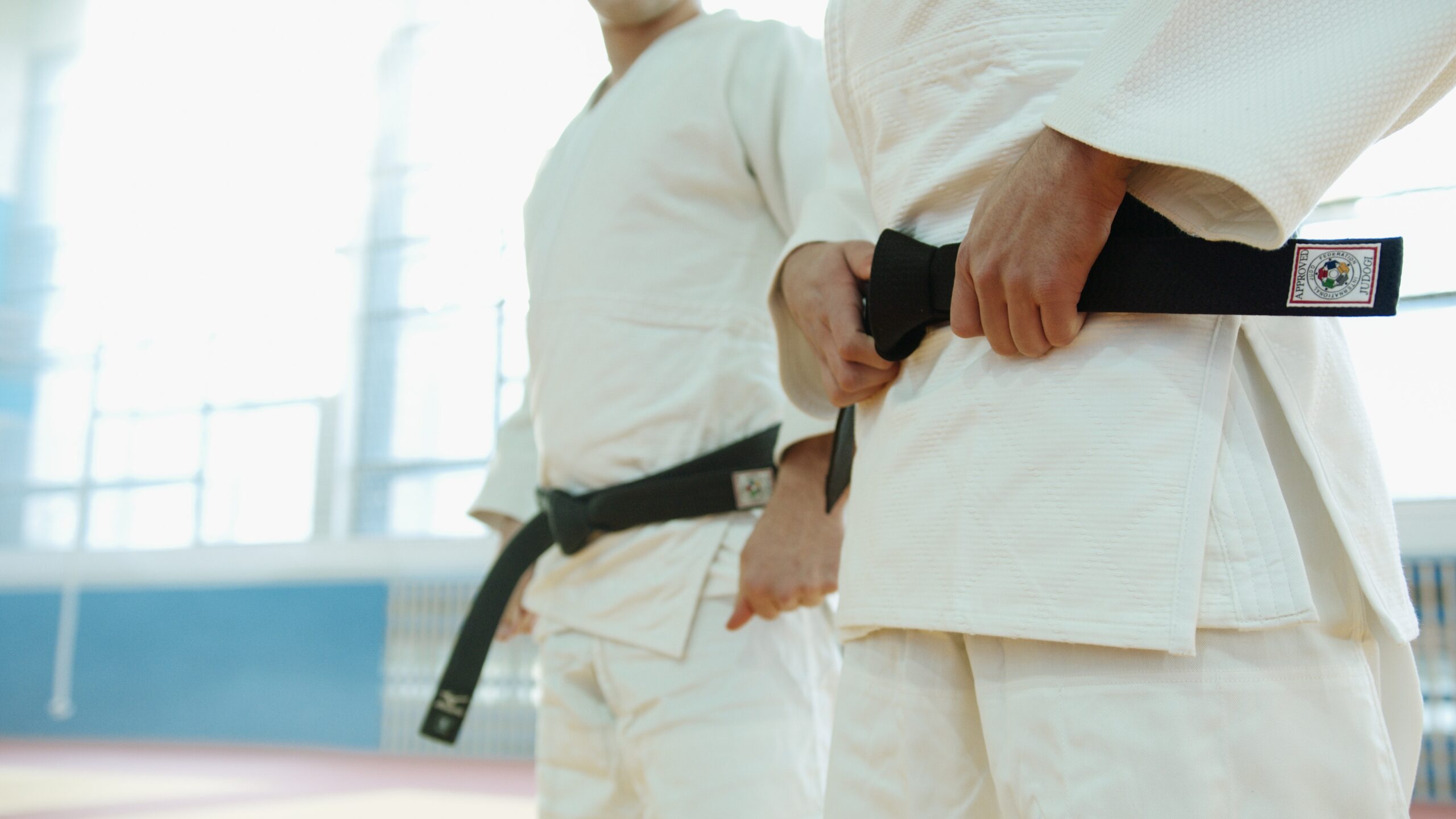My parents bought me an action figure when I was a child. I loved it because it looked so cool. The figure was ready for adventure in his action pose. I got my other toys and tried to stand my action figure up on the floor. The figure fell over. I stood it up again, and it fell over again. I braced the two-legged figure with a block to wedge him in the verticle position. I turned the incredible action figure into a tripod held by a leg brace.
Have you ever tried to knock over a tripod? It isn’t easy. It’s far easier to knock over a two-legged table or action figure. Humans have two legs and, like the action figure, are just moments away from falling over. We would fall over more often if it weren’t for our joints, muscles, and tendons. Still, we can fall over, and often, we do.
In Kempo, we use stances and triangle footwork to create a temporary tripod, creating stability. However, we have directions that weaken our stance. These are unbalanced points, and we can exploit them.
Unbalanced Point for Stances
- The horse stance is stable against the force from the sides, but stability is very tenuous against the pressure from the front or back. This phenomenon is why we teach to fight from the side horse or guard stance.
- The C-stance is stable against the force from the side, front, and back but weak from the inside 45° angle against direct force.
How To Use This This Point
Knowing the location of the points is vital. Trick Z is an excellent example of unbalancing points. The final palm to the forehead takes advantage of the attacker’s weak point, his unbalanced point. This point is on the verticle axis and works against the body’s spine and natural structure. Strike for the unbalanced point or move to and control this point.
The Third Dimension
Attacking the hara (center of gravity) or displacing the hip creates imbalances, allowing you to defeat the opponent quickly. Drive energy from any direction, including the side, top, rear, and other angles. If you drive most of your force toward that imaginary spot, you can make the opponent lose balance and wobble.
Conclusion
Continue to explore your techniques to discover hidden unbalanced points in your uke, the training partner. Push on a few points to see where they are in the partner’s stance. Once you practice a few iterations, allow your partner to grow and learn. The partner should attempt to diffuse the imbalance and use the hip to deflect the force. Continue to explore and experiment with the material found in the curriculum. Turn your ordinary technique into an extraordinary technique.
Are you a bit shaky on this concept? Want to learn more? Join our Karazenpo Go Shinjutsu program to learn these and other essential fighting concepts. Enroll today.



